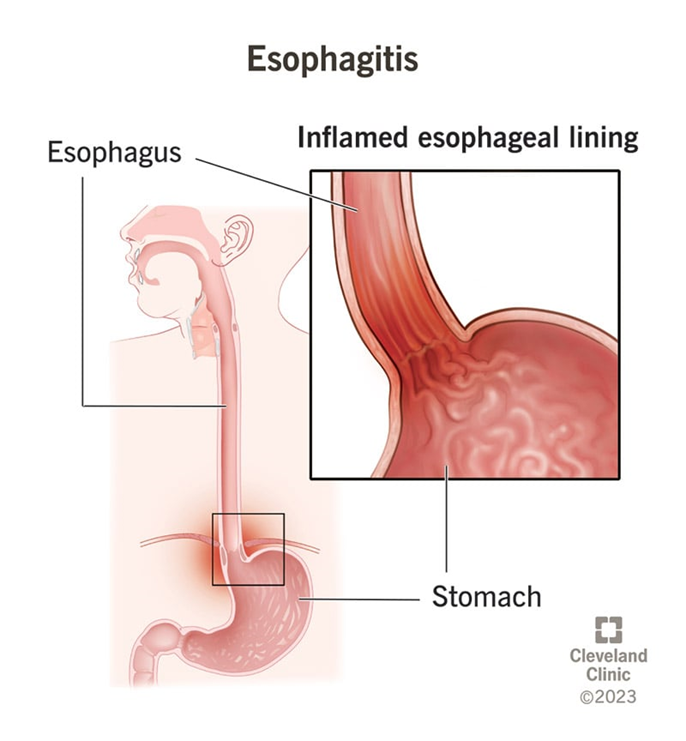A nurse is assisting with the preparation of a client who is scheduled for a paracentesis. In which of the following positions should the nurse place the client during the procedure?
Prone
Knees elevated
Lithotomy
Leaning forward
The Correct Answer is D
Choice A reason: Prone position is not appropriate for a paracentesis, as it can compress the abdominal organs and make it difficult to access the peritoneal cavity.
Choice B reason: Knees elevated position is not appropriate for a paracentesis, as it can increase the intra-abdominal pressure and reduce the amount of fluid that can be drained.
Choice C reason: Lithotomy position is not appropriate for a paracentesis, as it can expose the genital area and increase the risk of infection or injury.
Choice D reason: Leaning forward position is appropriate for a paracentesis, as it can shift the abdominal organs upward and allow more space for the needle insertion and fluid drainage.
Nursing Test Bank
Naxlex Comprehensive Predictor Exams
Related Questions
Correct Answer is B
Explanation
Choice A: This is incorrect because maintaining the client on bed rest can increase the risk of complications such as pneumonia, thromboembolism, or pressure ulcers. The nurse should encourage early ambulation and frequent position changes to promote healing and prevent complications.
Choice B: This is correct because repositioning the client can help relieve pressure and discomfort from the incision site. The nurse should assist the client to change positions every 2 hours and use pillows or splints to support the incision.
Choice C: This is incorrect because applying a warm, moist compress to the incision area can interfere with wound healing and increase the risk of infection. The nurse should keep the incision site clean and dry and follow the provider's orders for dressing changes.
Choice D: This is incorrect because administering an additional dose of pain medication is not necessary when the client reports a pain level of 2 on a scale of 0 to 10. The nurse should monitor the client's pain level and administer pain medication as prescribed and as needed.
Correct Answer is C
Explanation
Choice A reason: Taking the medication right before eating breakfast is not an appropriate instruction, as it can reduce the absorption and effectiveness of alendronate, which is a bisphosphonate drug that inhibits bone resorption and increases bone density. The client should take the medication at least 30 min before eating or drinking anything other than water.
Choice B reason: Drinking milk with the medication is not an appropriate instruction, as it can interfere with the absorption and effectiveness of alendronate, which can bind to calcium and other minerals and form insoluble complexes that are excreted in feces. The client should avoid consuming dairy products or supplements that contain calcium, iron, magnesium, or aluminum for at least 30 min after taking the medication.
Choice C reason: Staying upright for 30 to 60 min after taking the medication is an appropriate instruction, as it can prevent esophageal irritation or ulceration that can be caused by alendronate, which can be corrosive to the mucosa if it remains in contact with it for too long. The client should not lie down or bend over until after their first food of the day.

Choice D reason: Chewing the tablets thoroughly is not an appropriate instruction, as it can increase the risk of esophageal irritation or ulceration that can be caused by alendronate, which can be abrasive to the mucosa if it is not swallowed whole with a full glass of water. The client should not crush, break, or dissolve the tablets in any liquid.
Whether you are a student looking to ace your exams or a practicing nurse seeking to enhance your expertise , our nursing education contents will empower you with the confidence and competence to make a difference in the lives of patients and become a respected leader in the healthcare field.
Visit Naxlex, invest in your future and unlock endless possibilities with our unparalleled nursing education contents today
Report Wrong Answer on the Current Question
Do you disagree with the answer? If yes, what is your expected answer? Explain.
Kindly be descriptive with the issue you are facing.
